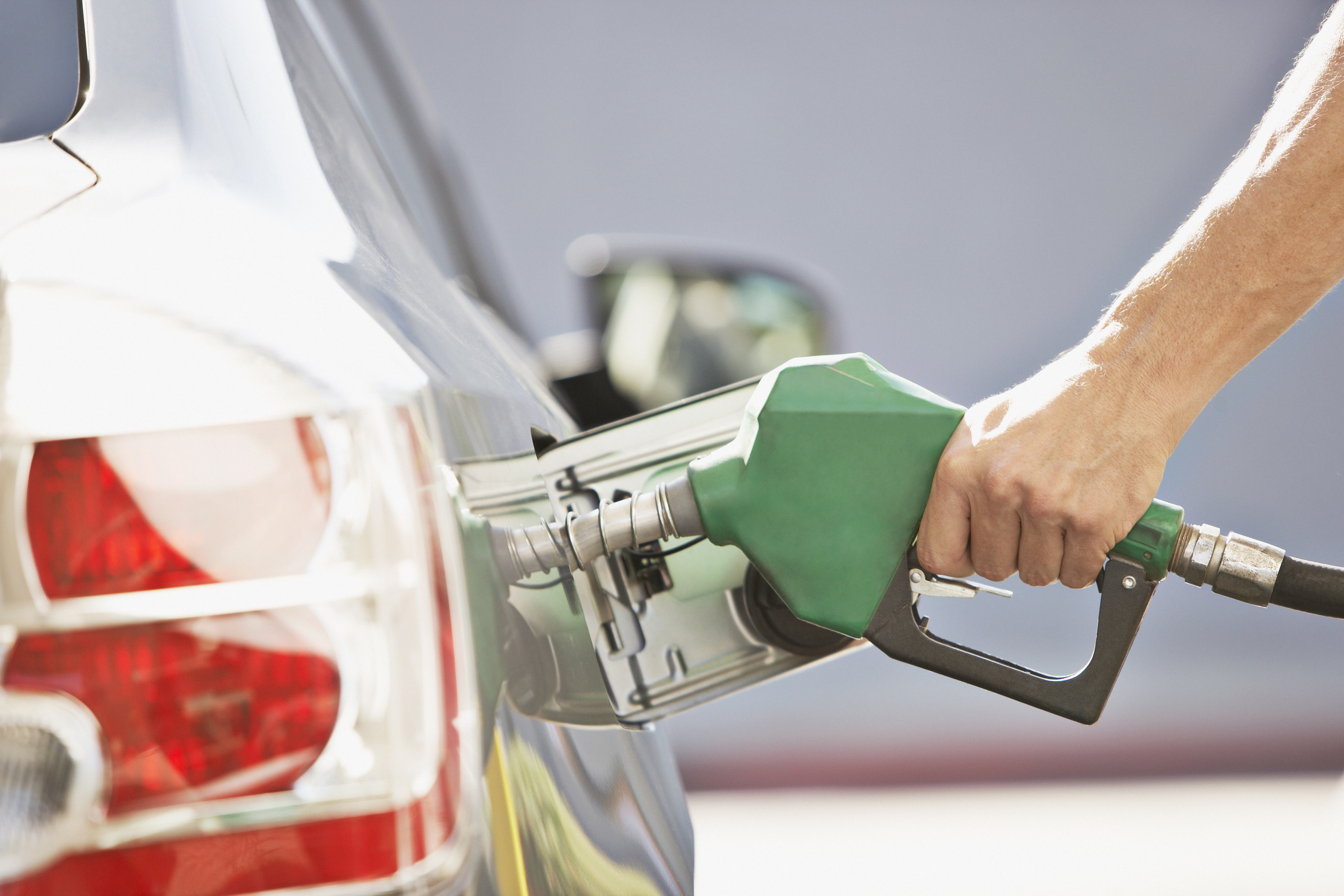Rendered fat is the third largest product of the rendering process after water and protein. Also known as tallow, it is used in a variety of applications.
What is rendered fat?
During the rendering process, heat and pressure separate the fat from the other materials. You can see the same basic process when you cook meat at home, the fat in the meat tends to become liquid and collect in the cooking vessel before hardening as it cools.
In a modern rendering facility, the separated fat is further purified into a reliable consistent product for reuse.
Rendered fat is classified as Category 1 , 2 or 3 depending on the animal by-products it is produced from. This determines how it can be used.


Using rendered fat
Rendered fat is used in different applications depending on the type of by-products. Category 1 and 2 rendered fat is used as fuel in biodiesel or other industrial applications.
Category 3 rendered fat can also be used in livestock feed, aquafeed and pet food. It has preservative, nutritional and binding qualities that make it an important ingredient for the feed industry.
The use of rendered fat in livestock was not restricted in the same way by the 'feed ban' on the use of animal proteins.